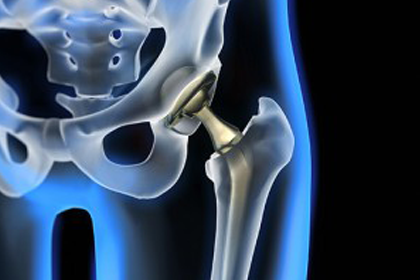You want to carry out particle counting and identification on your medical devices
What do the regulations say about particle counting and identification?
When a medical device is put on the market, it is necessary to verify that it does not contain impurities that could be released into the human body after its implantation. Indeed, particulate contamination presents risks for the quality of medical devices and for human health. Therefore, controlling the presence or absence of particulate contaminants and/or determining a level of particulate contamination is one of the key steps in a process. It is mandatory for the release of batches on the market, according to strict standards.

FILAB laboratory assists you in the analysis of particle counting on your Medical Devices according to the standards in force
Pourquoi choisir FILAB pour le comptage et l'identification particulaire ?
FILAB is currently the only laboratory in France to be accredited ISO 17025 by COFRAC for these services, which include particle counting and identification by SEM-EDX and infrared microscopy.
FILAB offers manufacturers of medical devices the technical skills and cutting-edge analytical equipment they need to respond quickly and effectively to their requirements.
Our particle counting and identification services for DM
In order to respond accurately and reliably to these problems, FILAB offers tailor-made support for the identification of particles on the surface of your medical devices, and to validate your cleaning processes. The laboratory is accredited ISO 17025 by COFRAC on the following scopes:
More globally, FILAB assists medical device manufacturers with :
AAMI TIR 42 provides guidelines for performing particle contamination counting in medical devices. The recommended procedure includes the following steps:
- Sample Preparation: A representative sample of the medical device material is collected, taking care to avoid contamination during the collection process.
- Test Method Selection: The appropriate test method is selected based on the properties of the material and the type of particles to be analyzed. Optical microscopy is the recommended method for particle counting according to AAMI TIR 42.
- Optical Microscopy Analysis: The sample is examined under an optical microscope, using a magnification and illumination that are appropriate for the size and type of particles to be analyzed. The microscope should be calibrated prior to analysis to ensure accurate measurements.
- Particle Counting: The number of particles in the sample is counted and recorded, along with their size range and characteristics such as shape and composition.
- Data Analysis: The particle count data is analyzed to determine the degree of particle contamination present in the material. The results are compared to established acceptance criteria to determine if the material meets the required standards for safety and efficacy.
- Reporting: The results of the particle contamination counting analysis are reported, including the testing methods used, the number and characteristics of particles found, and any conclusions or recommendations based on the results.
It is important to perform particle contamination counting according to the guidelines in AAMI TIR 42 to ensure accurate and reliable results and to comply with regulatory requirements. By following this procedure, medical device manufacturers can identify and quantify any particle contamination present in their materials and take appropriate action to ensure the safety and efficacy of their products.
In Europe, medical device manufacturers are required to comply with the Medical Device Regulation (MDR) 2017/745, which sets out the legal requirements for the design, manufacture, and marketing of medical devices. Compliance with AAMI TIR42 can be considered a best practice for meeting the safety and performance requirements outlined in MDR.
- If particle contamination counting for medical device materials is not compliant with AAMI TIR 42 or other applicable standards, there may be legal risks for the manufacturer. Non-compliance with these standards can result in unsafe and ineffective products, which can lead to serious consequences for patient health.
- Under MDR, medical device manufacturers are responsible for ensuring that their products are safe and effective for their intended use and comply with all applicable regulatory requirements. Failure to comply can result in regulatory action, such as product recalls, fines, restrictions on market access, or withdrawal of CE marking.
- In addition to regulatory risks, non-compliance with AAMI TIR 42 or other standards can also result in legal liability for the manufacturer. If a patient is harmed by a medical device that contains particle contamination due to non-compliance with these standards, the manufacturer may be held liable for damages, including medical expenses, lost wages, and pain and suffering.








